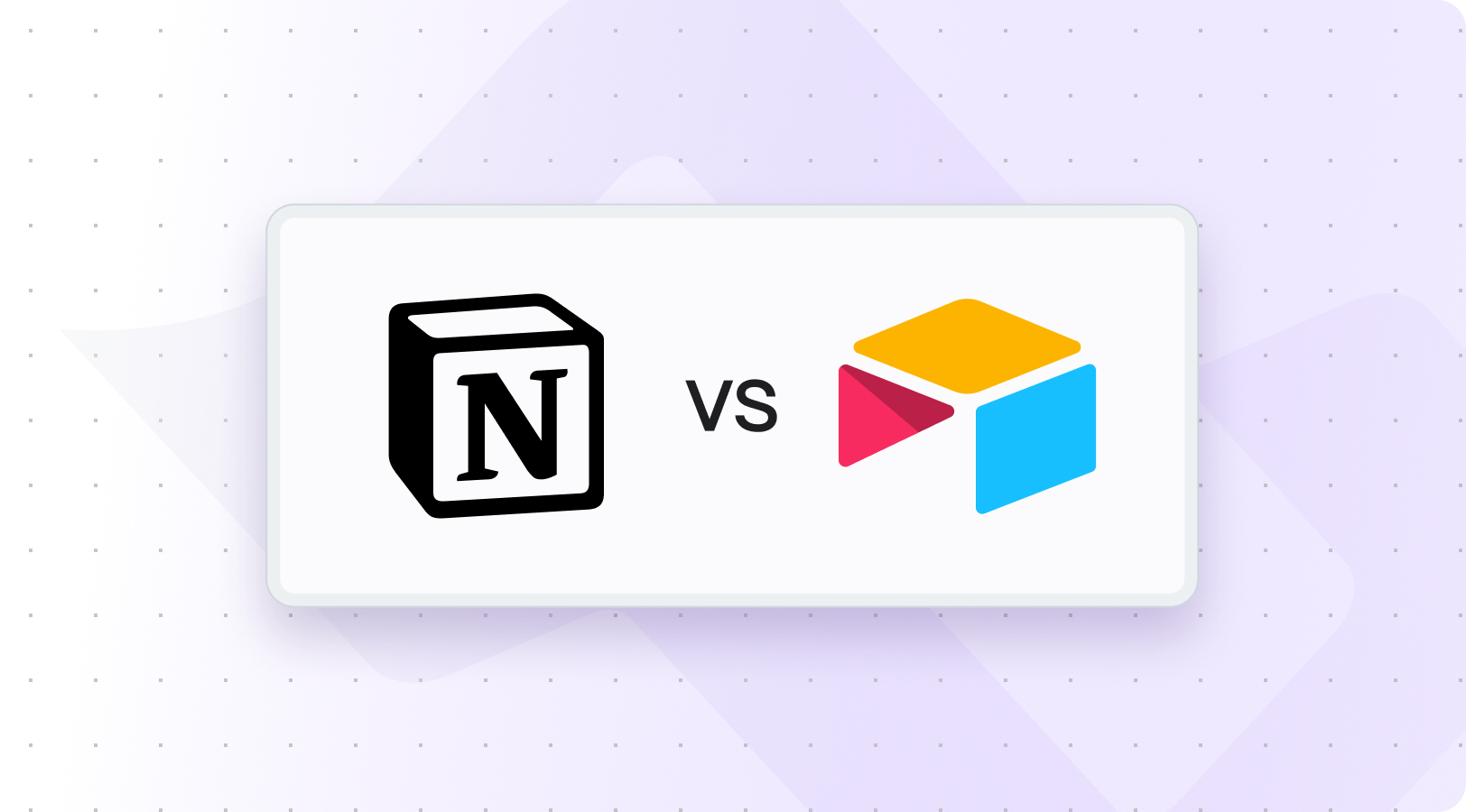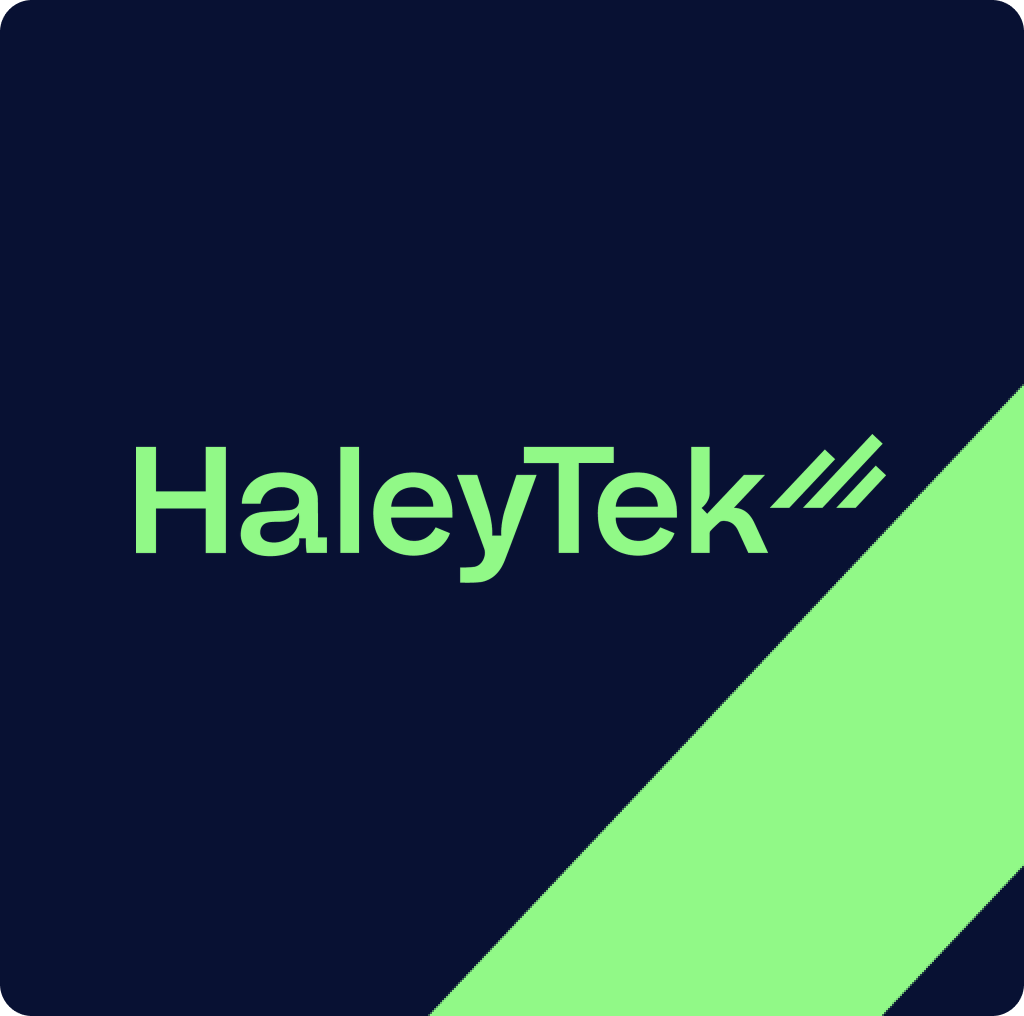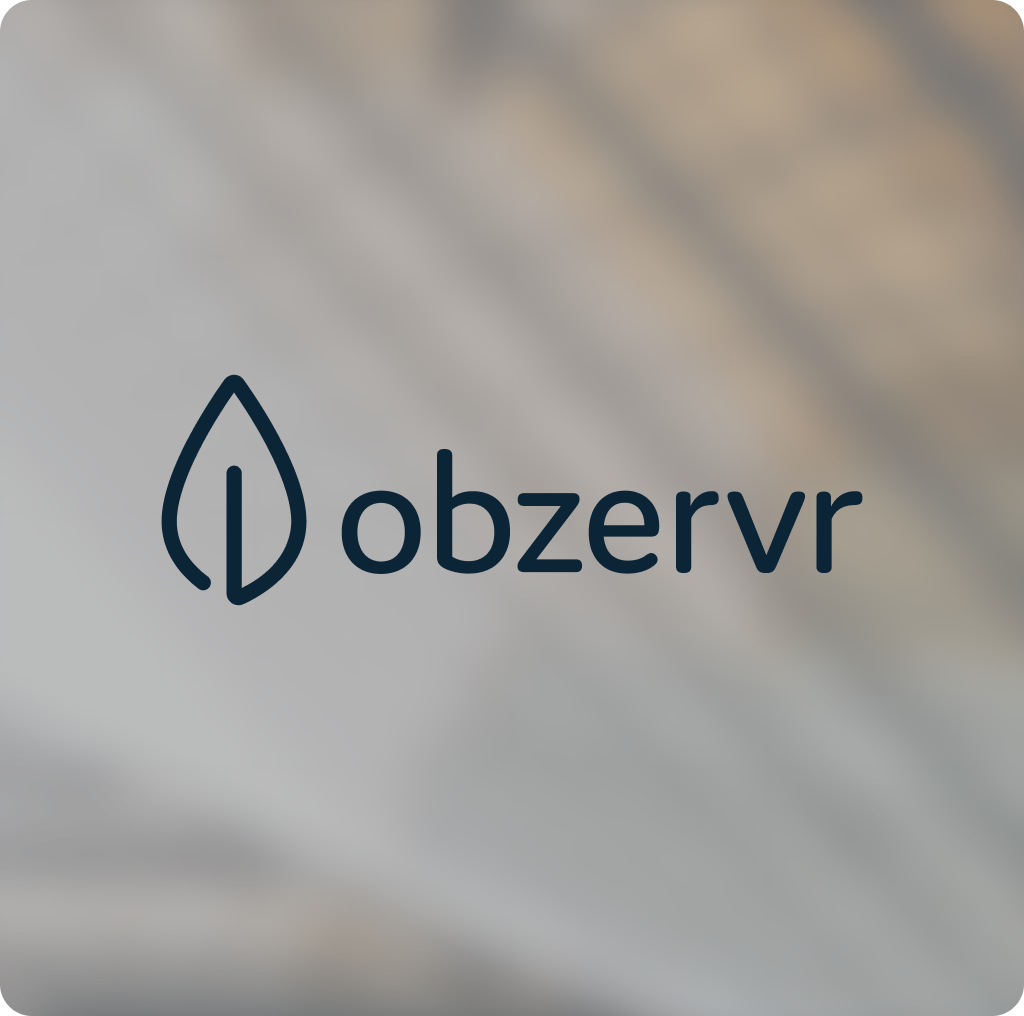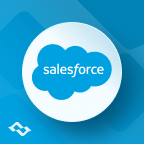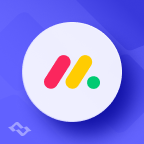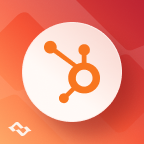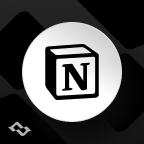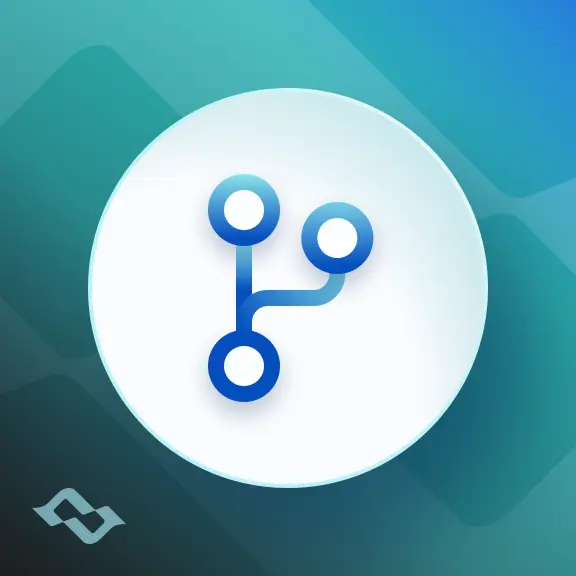While teams often operate asynchronously these days, it’s not just about choosing the best tool for seamless project management. It’s about choosing the right system that scales alongside your workflows, adapts to your team’s unique needs, and integrates with your broader tech stack to save time.
In this guide, we compare two no-code collaborative platforms: Airtable vs Notion. Both promise to manage projects and boost productivity, but they cater to fundamentally different use cases and team dynamics.
Let's go beyond surface-level features and take a closer look at a detailed, up-to-date comparison based on strengths, limitations, and possibilities of integration with other tools of both softwares. After the reading, you'll know where both Airtable and Notion work best, and you'll be more confident about what factors should be included when choosing your own tools kit.
What is Airtable
Airtable is best described as a cloud-based spreadsheet, combining the familiarity of Excel or Google Sheets with the power of a relational database. Every project starts with an Airtable base (short for database).
Its core strength lies in managing data in a structured way with flexibility and ease:
- Relational data model - unlike traditional spreadsheets, Airtable enables linking records across multiple tables, creating databases without requiring code.
- Custom field types - you can define fields as attachments, checkboxes, drop-downs, collaborators, and more, ensuring more data integrity.
- Multiple views - Airtable supports grid, Kanban board, calendar, gallery, and Gantt views (timeline visualization for project planning), allowing teams to visualize data in ways that fit their workflow.
- Automation & integration - built-in automation triggers and rich API support make Airtable a hub for project management automation and integration with other apps such as Miro, Google Drive, Dropbox, etc. You can also create Google docs directly from the platform.
Moreover, Airtable’s Interface Designer provides a range of layout options to help you organize and display the data effectively. You can choose from layouts such as Dashboard, Record Review, Form, Record Summary, and Blank. Each layout is tailored to support different use cases and workflows, giving you flexible ways to present, explore, and interact with your data.
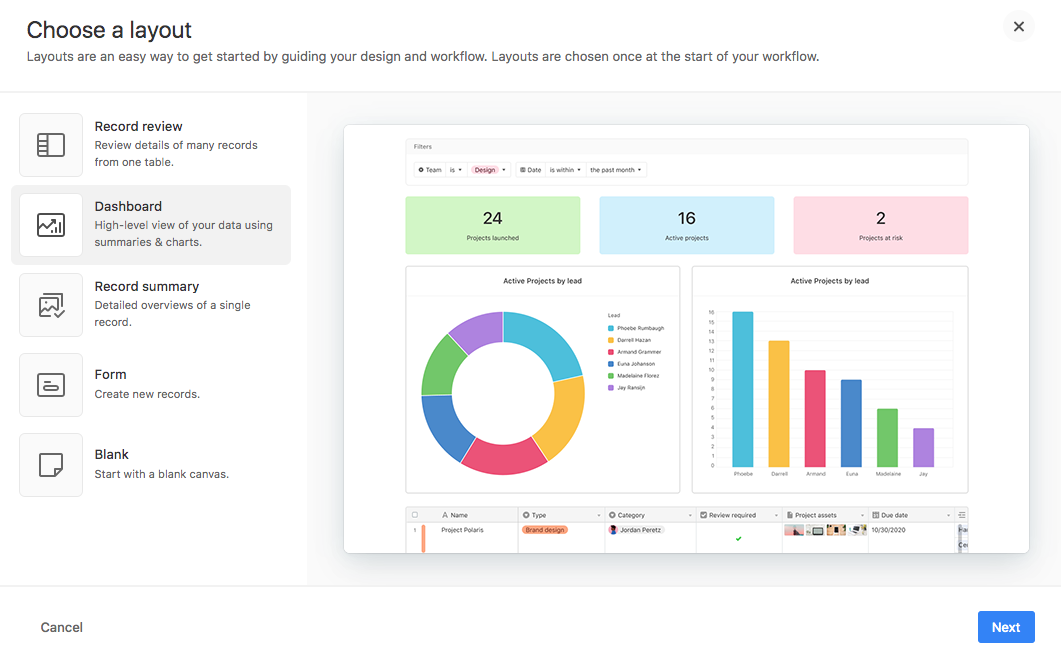
Generally speaking, Airtable’s user-friendly, data-first interface is ideal for teams managing customer data, marketing calendars, or product roadmaps.
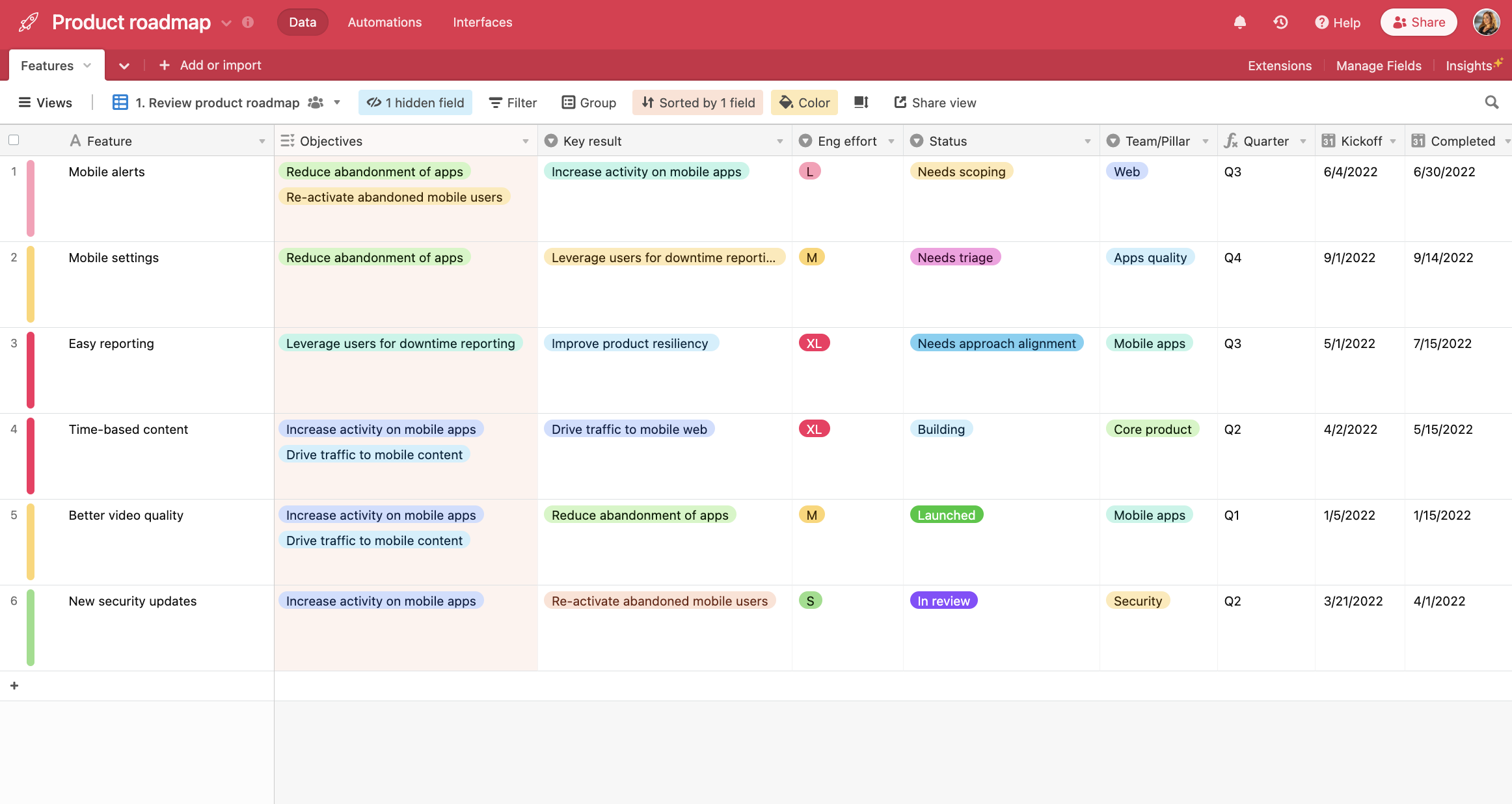
What is Notion
Notion, on the other hand, doesn’t begin with data. It starts as a document-centric workspace built around modular “blocks.” Every piece of content like text, image, table, checklist, or embed element is a block that can be turned into pages or nested inside them:
- Flexible content blocks - users can mix and match blocks to create interactive documents.
- Nested pages - pages can contain subpages, allowing complex hierarchies and knowledge centers.
- Embedded databases - Notion supports tables, boards, lists, and content calendars as database blocks, but these are embedded within documents rather than standalone data views. Notion also allows you for embedding Google Docs or Google Sheets directly into a Notion page. You can view them and interact with the document within Notion's interface.
- All-in-one workspace - Notion’s strength lies in combining notes/tasks, creating company wikis and databases in one place with minimal friction.
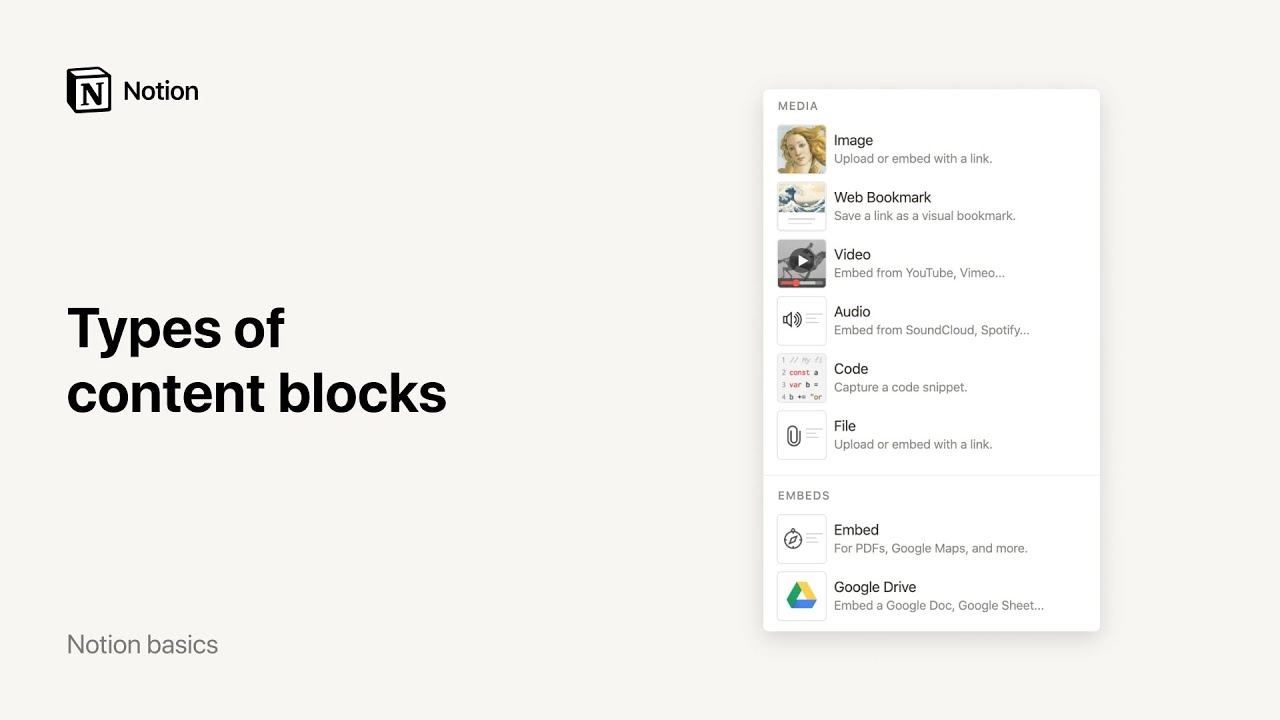
Its Knowledge Base option designed to help teams and individuals store, organize, and access essential knowledge is a centralized, searchable collection of information. It can include everything from internal documentation, how-to guides, and onboarding materials to FAQs, meeting notes, and project references.
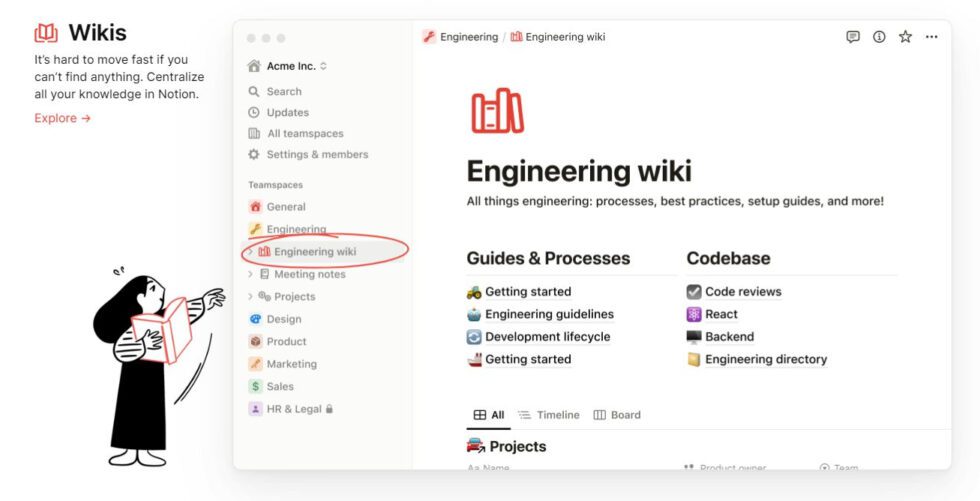
This makes Notion a great choice for team collaboration focused on documentation-heavy workflows: knowledge management, SOPs (Standard Operating Procedures), notes, creative brainstorming, and project hubs that blend content with data. Its capabilities to track deadlines alongside calendar events helps keep project management under control.
Airtable vs Notion: Views, Visualization, and Navigating Information
Let's compare Airtable and Notion with a breakdown of some key areas. Besides their surface similarities, both tools are fundamentally different. As we already know, one is built on the backbone of structured, relational data. The other starts with documents and blocks, designed to make knowledge accessible and adaptable, but how their user experience differ?
Airtable lets to choose actionable views
Let's further explore the views topic. Every Airtable “base” can have multiple views on the same dataset. For example, you might track a marketing campaign in a grid format, switch to a calendar to see deadlines, or use a Kanban view to track production. And these aren’t just visual skins. They allow for filtering, grouping, and editing in context.
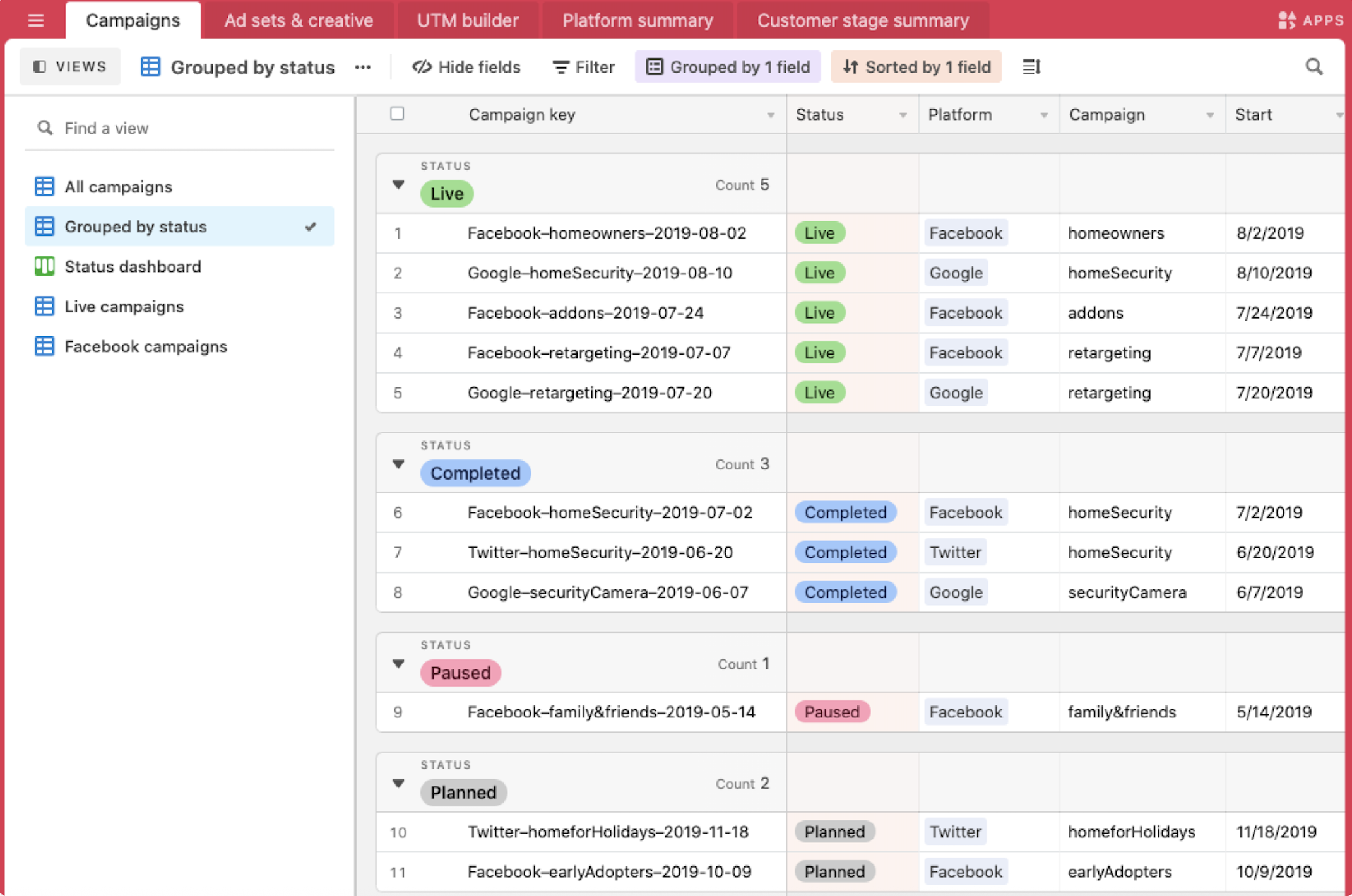
You can also restrict views by user role or function. A designer might only see design-related tasks, while a marketing manager sees the overall campaign plan. This makes Airtable particularly helpful for project managers, operating cross-functional teams with different visibility needs.
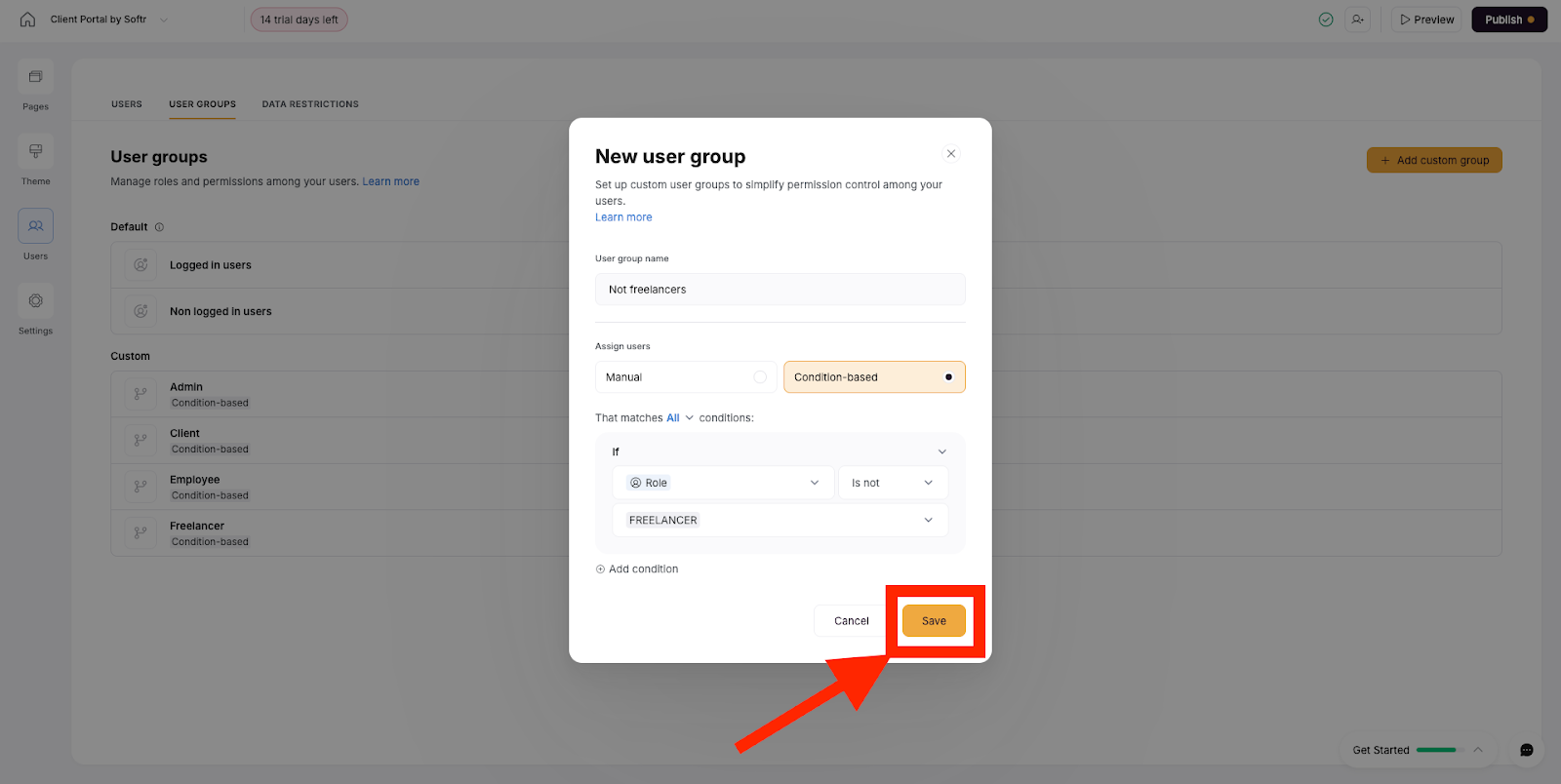
Also, the navigation is streamlined and data-centric, emphasizing the dataset as the core around which workflows revolve.
Notion focuses on embedded context
Notion’s views exist within pages, not as separate interfaces. A database can be displayed as a full, single page or embedded inline inside documents, allowing you to combine:
- Rich text explanations
- Visual assets
- Feedback and comments
- Related databases and resources
The contextual embedding supports building customized knowledge centers where data and narrative coexist seamlessly - for example, a project page with timelines, task lists, team bios, and meeting notes all in one place.
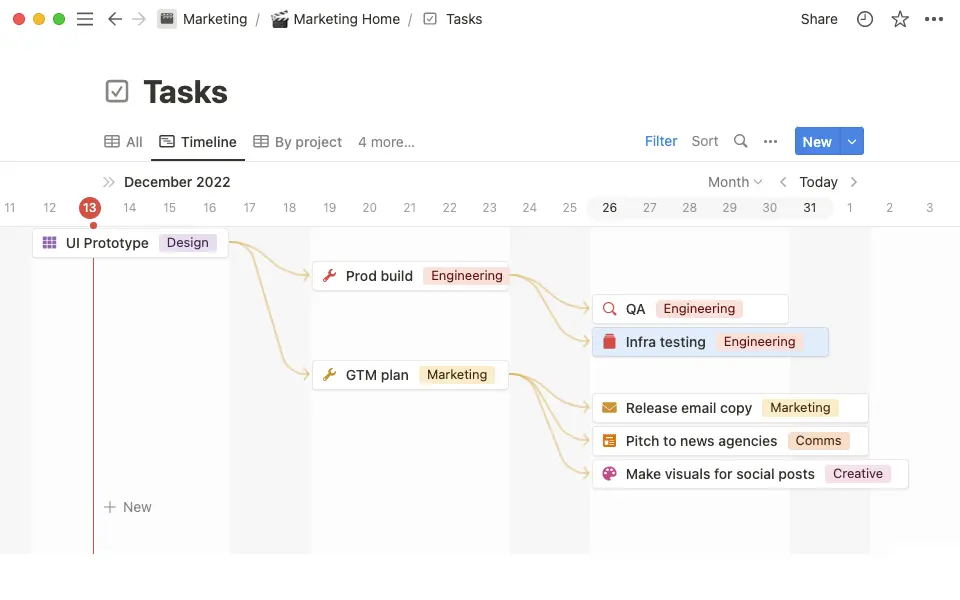
The navigation experience is flexible and exploratory, favoring a holistic view of information rather than isolated datasets.
Airtable vs Notion: Collaboration & Scale
Real-time collaboration
Both Airtable and Notion can be used to create to-do lists (you can simply add tasks) and support real-time multi-user collaboration, but their approaches reflect their different core design philosophies.
- Airtable shows live cursor presence and edits within grid and form views. Keeping track on changes to individual fields is available, which is ideal for teams needing granular audit trails and data accuracy. Airtable’s collaboration comes out ahead in scenarios where multiple users update structured records simultaneously without conflicts.
- Notion guarantees extensive collaborative editing with inline comments, mentions, and a detailed version history that reads like a narrative timeline. This is perfect for documentation workflows where understanding the evolution of content and discussions is crucial. Notion’s collaboration tools foster deep team communication within documents.
Permission models
- Airtable features layered permissions at the workspace, base, and view levels. This granular control allows teams to share entire databases or restrict visibility to specific views, which is valuable for compliance, data privacy, or segmented workflows.
- Notion uses a hierarchical, page-based permission system. Permissions set on a parent page cascade down to subpages, reflecting the document tree structure. While intuitive for managing document access, it offers less granularity for inline databases compared to Airtable.
Handling growth
- Airtable is designed to scale efficiently to thousands of records and support enterprise-grade teams with robust permission and automation features. Its performance remains stable even as datasets grow large, making it suitable for complex, data-intensive projects - its HyperDB layer supports tables up to 100 million records, while the Enterprise plan allows 500,000 records per base, half a million automation runs, 1 TB of attachments, and advanced governance (App Library, App Sandbox, Enterprise Hub (a central home base for IT admins), SCIM, audit logs, encryption, DLP).
- Notion, once tailored to small teams, has evolved into a tool capable of supporting hundreds to thousands of users, offering enterprise-grade features like Teamspaces, SAML/SSO, SCIM, and audit logging. Some big companies use it for documentation, roadmap planning, and CRM-style workflows. Although its performance may dip with very large datasets, best practices like linked views, modular content structure, filtering, and archiving, can preserve responsiveness even at scale.
Airtable vs Notion: Use Cases
Content and editorial workflows
- Airtable excels in managing content pipelines with complex metadata - tracking draft stages, assigned authors, publication dates, SEO tags, and more. Its ability to feed data into calendars, forms, and analytics dashboards makes it a powerhouse for editorial teams focused on structured workflows.
- Notion functions as a centralized editorial hub where outlines, drafts, review threads, and publishing briefs live together. Notion’s charting capabilities have improved, enabling performance tracking and dashboards embedded directly within project documents.
Project and knowledge management
Both Notion and Airtable offer valuable project management features, but they excel in different categories.
- Airtable is ideal for structured ticketing and sprint planning. You can link user stories to releases, track statuses across teams, and visualize timelines with Gantt charts. Automation reduces manual updates by triggering status changes or notifications.
- Notion provides flexibility for product managers who combine research, specifications, backlogs, and roadmaps within nested pages. Higher than free plans include unlimited blocks/charts and database features, supporting sprint reviews and dependency tracking.
CRM and customer operations
- Airtable is a natural fit for lightweight CRMs, supporting contact relations, deal stages, pipeline automations, and custom views. When integrated with forms and workflow apps, Airtable powers lead capture and follow-up sequences from entry to outreach.
- Notion may support basic CRM functions by tracking leads in embedded databases within sales hubs but lacks deep relational multi-table data handling. For CRM use cases requiring automation, reporting, or bulk updates, Airtable could be the stronger choice.
AI capabilities for Airtable and Notion users
Notion and Airtable have both integrated AI features that are helping users and teams manage information, automate workflows, and boost productivity.
- In Notion, AI can summarize lengthy meeting memos, generate content outlines, create to-do lists from text, and even translate or rephrase content in real time. This means users can go from idea to execution faster, without switching tools or copying content between apps. Notion AI also improves data organization by helping users extract key points, write documentation, or draft emails directly inside a workspace.
- Moreover, thanks to Notion's API you can connect it to Ai apps like ChatGPT, Claude, etc.
- Airtable, on the other hand, combines the possibilities of databases with AI-driven enhancements. With features like AI-generated summaries, smart field population, and natural language queries, teams can analyze data, create reports, and spot trends with minimal manual effort. AI in Airtable enables better decision-making by transforming raw data into actionable insights, ideal for marketing, project management, and operations teams looking to optimize their workflows.
- Airtable also offers a robust REST API that allows developers to read from and write to Airtable bases programmatically.
Airtable vs Notion: Pricing & Licensing Models
Pricing is often a decisive factor when choosing between platforms, especially for growing teams and organizations with budget constraints. Both Notion and Airtable offer tiered subscription models with free and paid plans but their pricing structures, included features and limitations vary significantly.
Airtable pricing overview
As of 2025, Airtable presents four main pricing tiers.

- Free Plan
Key features & limits
Up to 5 editors, 1,000 records/base, 1GB attachments, 100 automation runs/month, basic views and collaboration features. Ideal for individuals and very small teams.
- Team Plan: monthly price $24/annual price $20
Key features & limits
Designed for small to medium teams; 50,000 records/base, 20,000 automation runs/month, 1 interface, advanced collaboration, but limited views and integrations.
- Business Plan: monthly price $54/annual price $45
Key features & limits
For growing teams needing high capacity and advanced features like multiple interfaces, enhanced automation, and admin controls.
- Enterprise Plan: monthly/annual custom pricing
Key features & limits
Tailored for large organizations with advanced governance, security, and priority support.
Important shortcuts:
- Many essential features, such as dashboards, extensive automation, and multiple interfaces, require upgrading beyond the Free plan.
- Hidden costs can emerge as teams scale, especially due to per-user pricing and automation run limits.
- The Free plan is heavily restricted and best suited for lightweight or experimental use.
Notion pricing overview
Notion also offers four licensing plans.

- Free Plan
Key features & limits
Unlimited pages and blocks for individuals (limited for 2+ members), up to 5MB file uploads, availability for 7 days of page history, basic forms and automations. Great for individuals and small teams.
- Plus Plan: $9,50 per seat/month
Key features & limits
Unlimited pages and blocks, unlimited file uploads, version history up to 30 days, advanced permissions, API access, and database triggers. Suitable for small to mid-sized teams.
- Business Plan: $19,50 per seat/month
Key features & limits
Advanced admin tools, version history up to 90 days, SSO (Single Sign-On), advanced security, and priority support. Designed for growing teams and enterprises.
- Enterprise Plan: custom pricing
Key features & limits
Unlimited options for all features, guest seats starting at 250, custom premium support, dedicated customer success manager.
Important shortcuts:
- Notion offers generous limits on content and collaborators even in the Free plan.
- The Plus plan introduces automation triggers and enhanced collaboration features.
Airtable and Notion Limitations
While both Airtable and Notion are user-friendly tools, they come with their own sets of limitations that can influence your choice. Airtable, for instance, can become costly as your team grows, particularly due to its per single user pricing and limits on automation runs. Additionally, its relational database model, although powerful, may present a steeper learning curve for new users unfamiliar with database concepts. Airtable is also not designed for rich text editing and it's definitely not a note taking tool, which means teams that require heavy documentation might find themselves juggling multiple tools. Its mobile experience, while improved, still doesn’t match the flexibility and offline capabilities that Notion offers.
Notion compared to Airtable, can face performance challenges when handling very large datasets or deeply nested pages but its features, such as relations and rollups has less flexibility than Airtable’s database capabilities. The permission system in Notion is based on page hierarchies, which can be too coarse for teams needing fine-grained access control over specific, data views. Furthermore, while Notion has introduced some native automation, it remains limited compared to Airtable’s sophisticated built-in automation, often requiring reliance on third-party apps.
Notion vs Airtable: Which Should You Choose?
Deciding between Airtable and Notion depends largely on the nature of your team’s workflows and priorities. Both are excellent tools but if your work demands a robust relational database to manage complex informations with advanced automation and granular permission controls, Airtable is the stronger candidate. It excels in scenarios where data integrity, multiple views, and enterprise-grade automation are critical.
Conversely, if your team’s focus is on documentation, knowledge management, and flexible content creating, Notion offers an intuitive, block-based tool that fosters collaboration and seamless integration of notes, tasks, and databases within a single environment. Notion’s generous free tier and affordable paid plans make it especially attractive for small to medium-sized teams prioritizing cost-effectiveness and flexibility.
Why not both?
For teams seeking a hybrid approach, combining the strengths of both platforms is increasingly common. Many organizations use Airtable to handle their structured data and automation needs, while leveraging Notion as a centralized hub for documentation, company wikis, project planning, and knowledge base.
At Getint, we’ve helped organizations integrate both platforms, sometimes side by side, to unlock their full operational potential. With tools like Getint you can seamlessly:
- bridge Airtable with Notion synchronizing key elements like attachments, comments, custom fields, and more. Notion integration with Airtable is the obvious choice if you don't want to compromise and use both tools.
- integrate Notion and Airtable separately with other tools like Jira, Azure DevOps, GitHub, etc.


Take a look at Atlassian Marketplace and discover integration possibilities for Airtable and Notion.
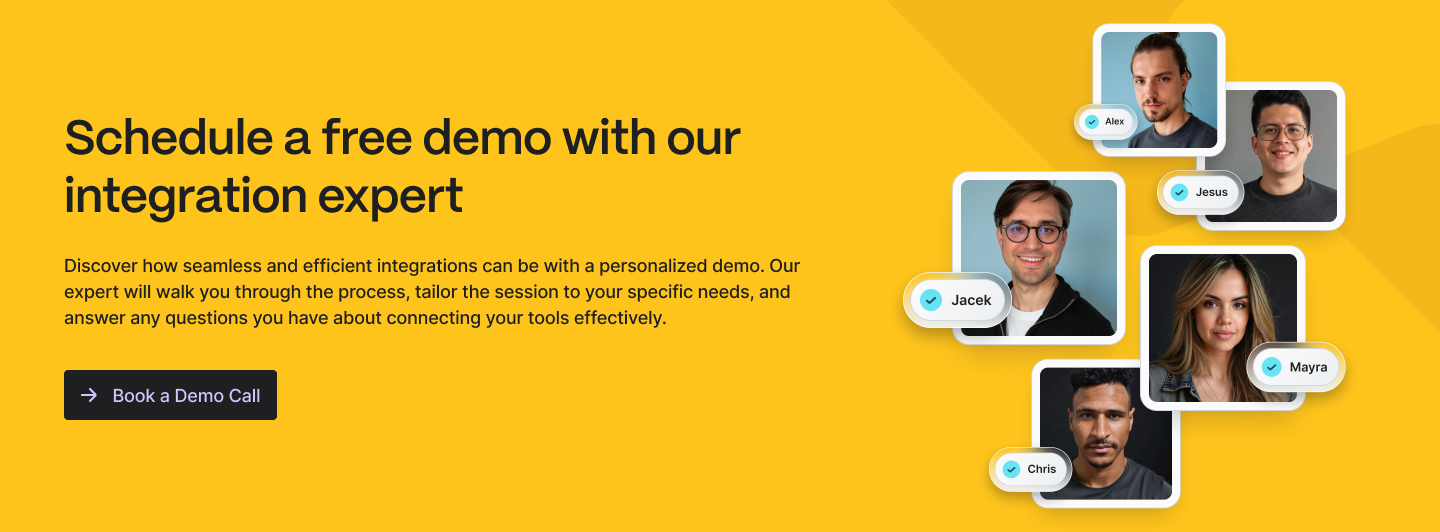
Final Thoughts
Airtable and Notion remain two versatile tools, widely adopted as no-code task management platforms, each excelling in distinct areas. Airtable stands out as the go-to solution for teams creating databases, complex automation, and structured project management. Notion shines as an all-in-one workspace that blends documents, wikis, and lightweight databases into a flexible, collaborative environment.
At Getint, we recommend that teams carefully evaluate their workflows, team size, budget, and integration needs before committing to one platform. Sometimes, the best solution is not choosing one over the other tool but integrating both to create a seamless and scalable workspace tailored to your unique requirements. If you are seeking for such solution, Getint integration may be your answer.

